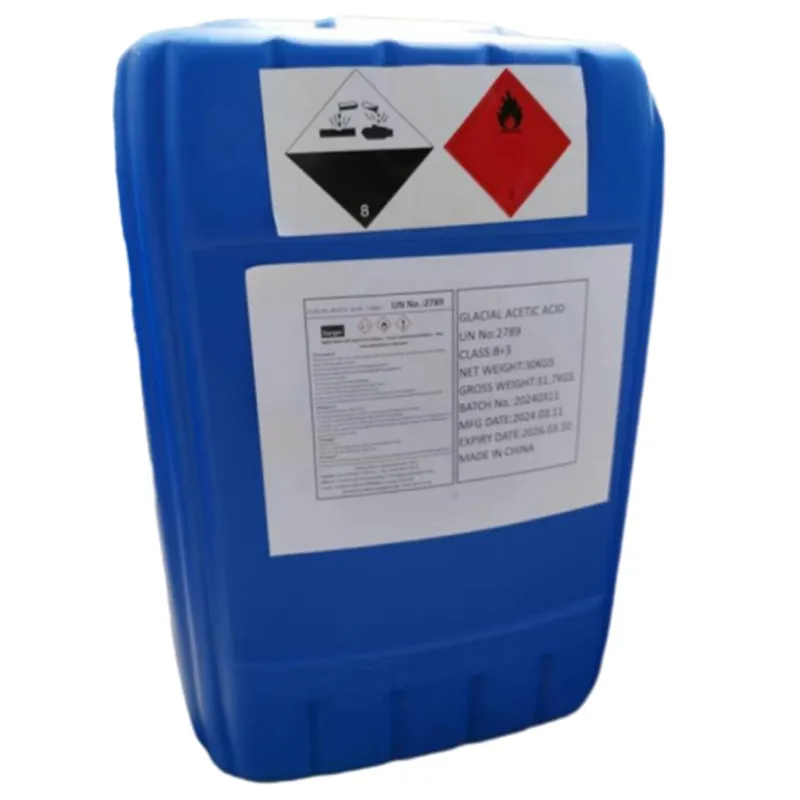
sodium acid pyrophosphate in food
Understanding Sodium Acid Pyrophosphate in Food Uses and Safety
Sodium acid pyrophosphate (SAPP) is a food additive that has gained attention in recent years due to its role in various food products. As a leavening agent, it is commonly used in baking and processed foods. This article explores the properties, applications, and safety aspects of SAPP in the food industry.
What is Sodium Acid Pyrophosphate?
Sodium acid pyrophosphate is an inorganic compound with the chemical formula Na2H2P2O7. It appears as a white, crystalline powder and is highly soluble in water. SAPP is formed by the thermal treatment of sodium phosphate and is classified as a leavening agent. Its ability to release carbon dioxide when mixed with acidic components makes it particularly useful in baking.
Uses in Food Products
SAPP is predominantly used in baking powder formulations. It acts as a leavening agent in products such as pancakes, muffins, and quick breads, where it helps to create a light and airy texture. When combined with an acidic ingredient, such as cream of tartar or buttermilk, SAPP releases carbon dioxide gas, which causes the dough or batter to rise.
In addition to its leavening properties, SAPP is employed as a stabilizer and emulsifier in processed meats and some seafood. It helps maintain moisture and improve the texture of these products. SAPP is also utilized in the preparation of certain dairy products, contributing to the desired consistency and shelf life.
sodium acid pyrophosphate in food

Safety and Regulatory Status
SAPP has been evaluated for safety by various regulatory bodies, including the Food and Drug Administration (FDA) in the United States. Classified as Generally Recognized as Safe (GRAS), SAPP is considered safe for consumption when used within established guidelines. The acceptable daily intake (ADI) has not been specifically defined, but its use in food products is regulated to ensure consumer safety.
Research studies have indicated that SAPP does not pose any significant health risks when consumed in typical amounts found in food. However, it is essential for individuals with specific dietary restrictions, such as those on low-sodium diets, to be aware of its presence in foods, as SAPP contains sodium.
Consumer Awareness and Labeling
As consumers become more health-conscious, understanding food additives like sodium acid pyrophosphate has become increasingly important. Many food manufacturers are required to list all ingredients on packaging, allowing consumers to make informed choices. While SAPP is widely accepted in the food industry, individuals who prefer natural and minimally processed foods may choose to avoid products containing chemical additives.
Conclusion
Sodium acid pyrophosphate plays a vital role in the food industry, particularly in baking and processed foods. Its effective leavening properties and ability to enhance texture make it a popular choice among food manufacturers. While SAPP is considered safe for consumption, consumers should remain informed about the ingredients in their food. As always, moderation is key, and choosing whole, unprocessed foods whenever possible can contribute to a balanced diet.
-
What Is a Food Additive? Global Insights, Applications & Future TrendsNewsNov.24,2025
-
968 Sweetener: The Modern Solution for Health-Conscious SweeteningNewsNov.23,2025
-
Discover the Benefits and Uses of 965 Sweetener (Erythritol) | Tenger ChemicalNewsNov.23,2025
-
961 Sweetener - A Next-Gen Sugar Alternative for Health and IndustryNewsNov.23,2025
-
Understanding 960 Sweetener: The Modern Sugar Alternative for Health and IndustryNewsNov.22,2025
-
Everything You Need to Know About 955 950 Sweeteners – Benefits, Uses, and TrendsNewsNov.22,2025
-
953 Sweetener: Global Insights, Applications, and Future TrendsNewsNov.21,2025
Hebei Tenger Chemical Technology Co., Ltd. focuses on the chemical industry and is committed to the export service of chemical raw materials.
-

view more DiethanolisopropanolamineIn the ever-growing field of chemical solutions, diethanolisopropanolamine (DEIPA) stands out as a versatile and important compound. Due to its unique chemical structure and properties, DEIPA is of interest to various industries including construction, personal care, and agriculture. -

view more TriisopropanolamineTriisopropanolamine (TIPA) alkanol amine substance, is a kind of alcohol amine compound with amino and alcohol hydroxyl, and because of its molecules contains both amino and hydroxyl. -

view more Tetramethyl Thiuram DisulfideTetramethyl thiuram disulfide, also known as TMTD, is a white to light-yellow powder with a distinct sulfur-like odor. It is soluble in organic solvents such as benzene, acetone, and ethyl acetate, making it highly versatile for use in different formulations. TMTD is known for its excellent vulcanization acceleration properties, which makes it a key ingredient in the production of rubber products. Additionally, it acts as an effective fungicide and bactericide, making it valuable in agricultural applications. Its high purity and stability ensure consistent performance, making it a preferred choice for manufacturers across various industries.





